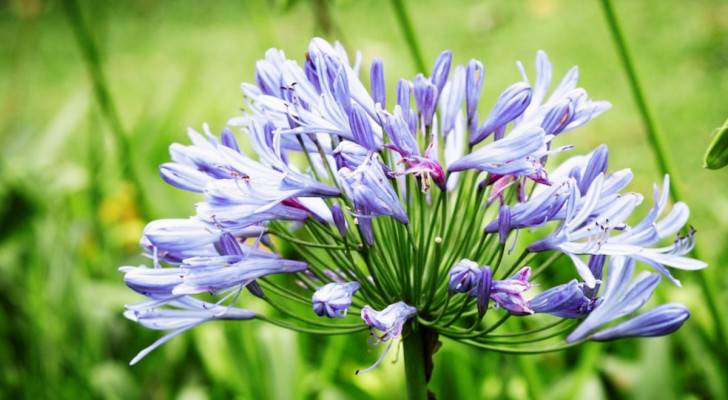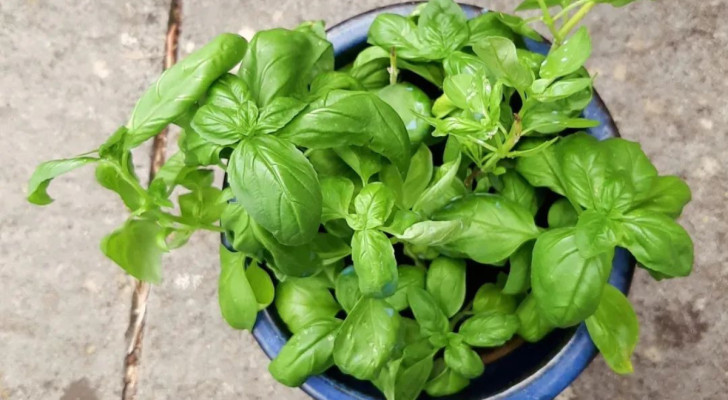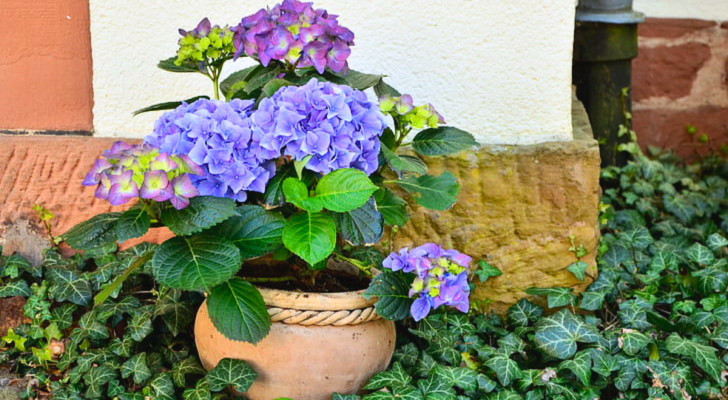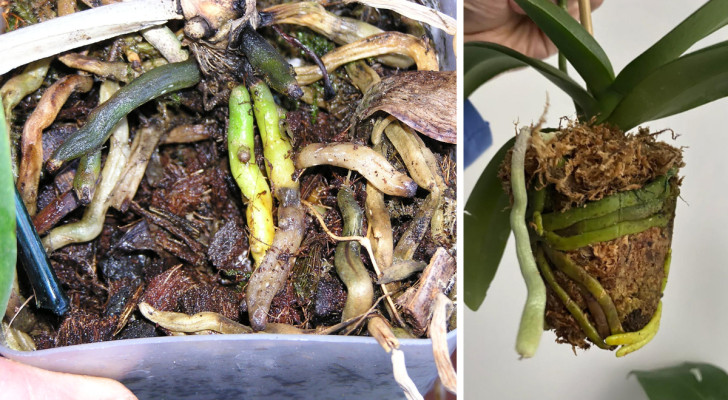Your agapanthus is healthy, but won't flower: the reasons and remedies for this problem

Freepik
Advertisement
Amongst the most popular of summertime flowers is the agapanthus, the "flower of love" (as reflected in it's Greek name). Agapanthus are plants native to South Africa but can now be found growing on every continent. Agapanthus have the reputation of being easy to grow and able to tolerate cooler climates. So, why do some perfectly healthy agapanthus fail to bloom? Let's find out why and how to resolve this issue:
Possible causes of why an agapanthus fails to bloom
Amongst the most common causes behind the failure of agapanthus to bloom, are:
- Wrong positioning: these plants love the sun, but not where it gets really hot. In cooler and temperate climates, agapanthus need to get at least 6 hours of sunlight. But in locations where temperatures get very high during the plant's growth and flowering periods (ie. spring and summer), this can stunt your agapanthus. In hot regions, it is best to provide some shade for these plants;
- Impatience: sometimes, you might see your neighbor's agapanthus in full bloom, whilst yours has failed to produce any flowers at all. Well, don't despair! Yours might not have bloomed yet due to tiny differences in climatic conditions and/or positioning;
- They are "too widely spaced out": perhaps you have divided your agapanthus up to propogate new plants. But too much open space will slow down the flowering of your plants. It turns out that agapanthus prefer a slightly "crowded" pot or planter (but not to an extreme, of course);
- Watering: agapanthus should be watered infrequently, but generously. Daily watering is not needed, and agapanthus become fully established and self-regulating after one or two years;
- Poor management during winter: some species of agapanthus (like Agapanthus inapertus) can tolerate the cold and can be left outdoors in the winter, but other species (like Agapanthus praecox) need to be sheltered. Cold and frosts can sap agapanthus of their "strength" to bloom later in the spring/summer.
Advertisement
What to do to ensure your agapanthus bloom again

EncycloPetey/Wikimedia Commons
Given the foregoing, here's what you can do to make your agapanthus flourish and bloom:
- If your plant is exposed to too much direct sunlight/excessive heat, move it into a spot where it can get the shade from another plant during the hottest periods of the day. However, if you live in a temperate region without prolonged periods of extreme heat, then it may be worth while moving your agapanthus to a sunnier spot;
- Ensure the soil is well-draining to avoid any risk of root rot;
- If you want to propogate your plant by dividing up the root ball, wait at least 4 or 5 years to do this (ie. when the plant is established and will benefit from a little thinning out). Doing this too early can delay your agapanthus from flowering by up to three years;
- Watering: during their first year, check your agapanthus often, especially in summer. Every two or three days, take a look and see if your plants need water (check if the leaves are going limp and/or the stems are bending). "Train" your agapanthus to get used to being watered a couple of times a week at the most during warm periods, starting from their second year;
- Fertilizer: agapanthus do not need a lot of fertilizer, but you can give them small amounts - in spring only - as a "booster" every two weeks;
- Winter protection: agapanthus that remain outside all year round should still be protected with a layer of organic mulch on the ground (use straw, bark or wood chips, for example). For the more delicate species, it is best to move them to shelter where they will not be exposed to night frosts and cold winds. Placing agapanthus in closed verandas or cool greenhouses - where temperatures won't get too high or too low - should be fine.
Are you ready to see your agapanthus bloom again?
Advertisement





